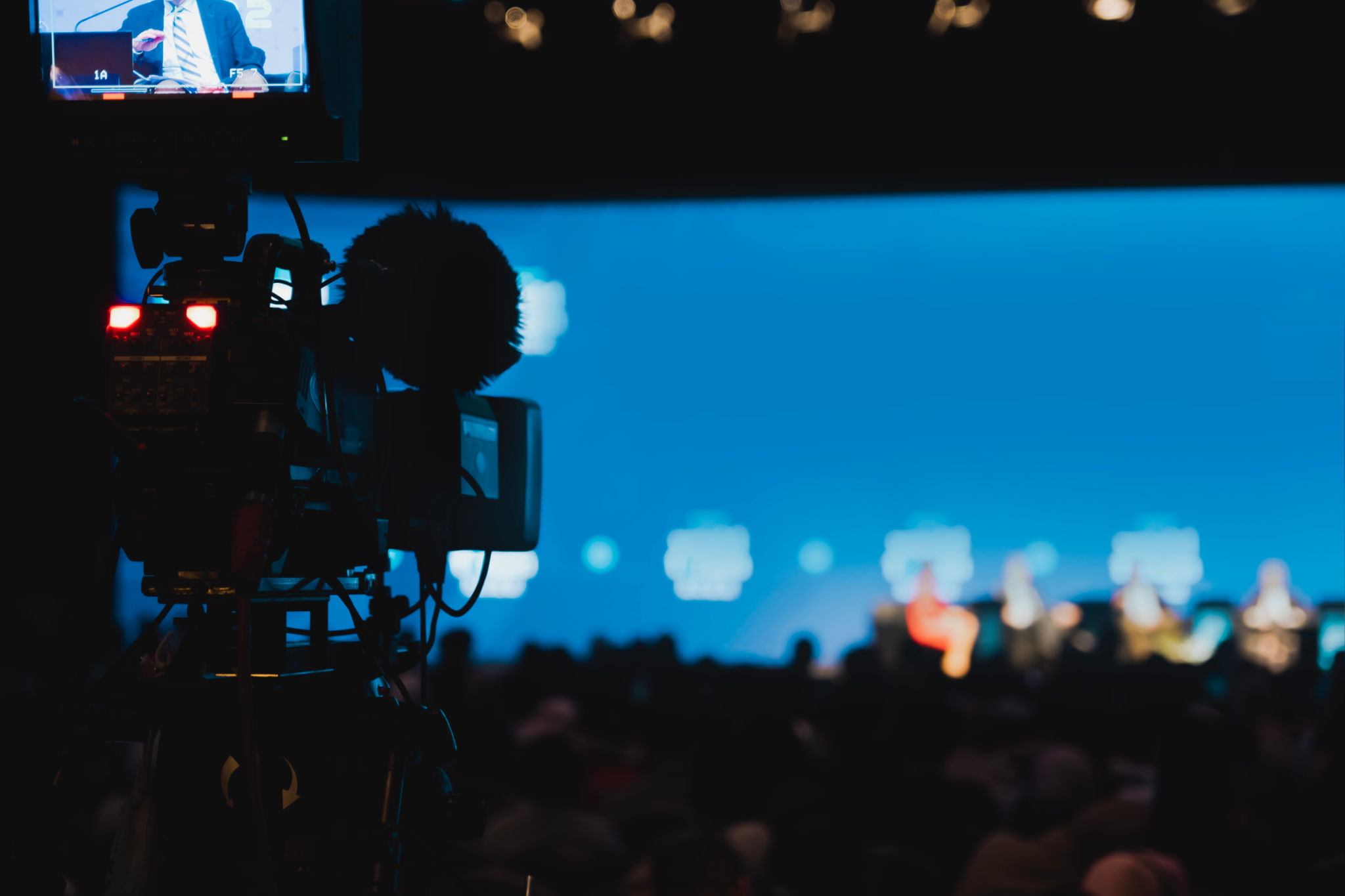The Ultimate Guide to Multi-Camera Live Streaming for Events
Understanding Multi-Camera Live Streaming
In the world of live events, capturing every angle and detail is crucial for an engaging viewer experience. Multi-camera live streaming is a technique that utilizes multiple cameras to provide different perspectives, creating a dynamic and immersive broadcast. This approach enhances the quality and professionalism of any event, from concerts to corporate conferences.
With the rise of digital platforms and online audiences, multi-camera setups have become essential for reaching a wider audience. By switching between various camera angles, you can keep your viewers engaged and provide them with a comprehensive view of the event. It's not just about capturing the action; it's about telling a story.

Choosing the Right Equipment
Selecting the appropriate equipment is a critical step in setting up a successful multi-camera live stream. The basic requirements include multiple cameras, a video switcher, audio equipment, and a reliable internet connection. Each component plays an integral role in ensuring a seamless live-streaming experience.
When choosing cameras, consider factors such as resolution, frame rate, and connectivity options. Professional-grade cameras offer higher quality and more features, but they also come at a higher cost. It's important to balance quality with budget constraints to find the best solution for your needs.

Video Switchers and Their Importance
A video switcher is the heart of any multi-camera setup. It allows you to switch between different camera feeds seamlessly during the live broadcast. This device can also add transitions, overlays, and other effects to enhance the production value of your stream. Look for switchers that offer intuitive controls and compatibility with your chosen cameras and streaming platforms.
Setting Up Your Multi-Camera System
Once you have your equipment in place, it's time to set up your multi-camera system. Start by positioning your cameras strategically around the event space to capture all the essential angles. Consider wide shots for capturing the entire scene and close-ups for detailed views of speakers or performers.
Next, connect your cameras to the video switcher using appropriate cables or wireless connections. Test each camera feed to ensure clarity and proper framing. Configure your audio equipment to capture clear sound, which is just as important as the video quality in a live stream.

Streaming Platforms and Software
Choosing the right platform and software is another key factor in successful live streaming. Popular platforms like YouTube Live, Facebook Live, and Twitch offer robust tools for broadcasting events to a global audience. Each platform has its own set of features, so consider what aligns best with your audience's preferences.
In addition to platforms, consider using streaming software that integrates well with your equipment. Software like OBS Studio, Wirecast, or vMix provides advanced features for managing multiple camera feeds, adding graphics, and monitoring viewer engagement.
Troubleshooting Common Issues
Even with thorough preparation, technical issues can arise during a live broadcast. Common problems include connectivity issues, audio-visual syncing problems, and unexpected equipment failures. Having a dedicated team or individual to monitor the stream can help quickly address these issues as they occur.
It's wise to have backup plans in place for critical components like internet connections and power supplies. Redundancy can save your live stream from being interrupted by unforeseen circumstances and ensure a smooth viewing experience for your audience.

Enhancing Viewer Interaction
Engaging with your audience during a live stream can significantly enhance the viewing experience. Encourage viewers to participate through comments or social media interactions. Some platforms allow real-time feedback integration, which can be used to address viewer questions or highlight comments during the broadcast.
Additionally, consider incorporating interactive elements such as polls or Q&A sessions to keep viewers engaged. These elements not only make the event more interactive but also provide valuable insights into audience preferences and feedback.
Post-Event Analysis
After the event concludes, it's crucial to analyze the performance of your live stream. Review metrics such as viewer numbers, engagement rates, and any technical issues that arose. Use this data to make improvements for future streams and ensure even greater success next time.
A well-executed multi-camera live stream not only reaches a broader audience but also elevates the event's overall impact. By following these guidelines and continuously refining your approach, you can master the art of multi-camera live streaming.
